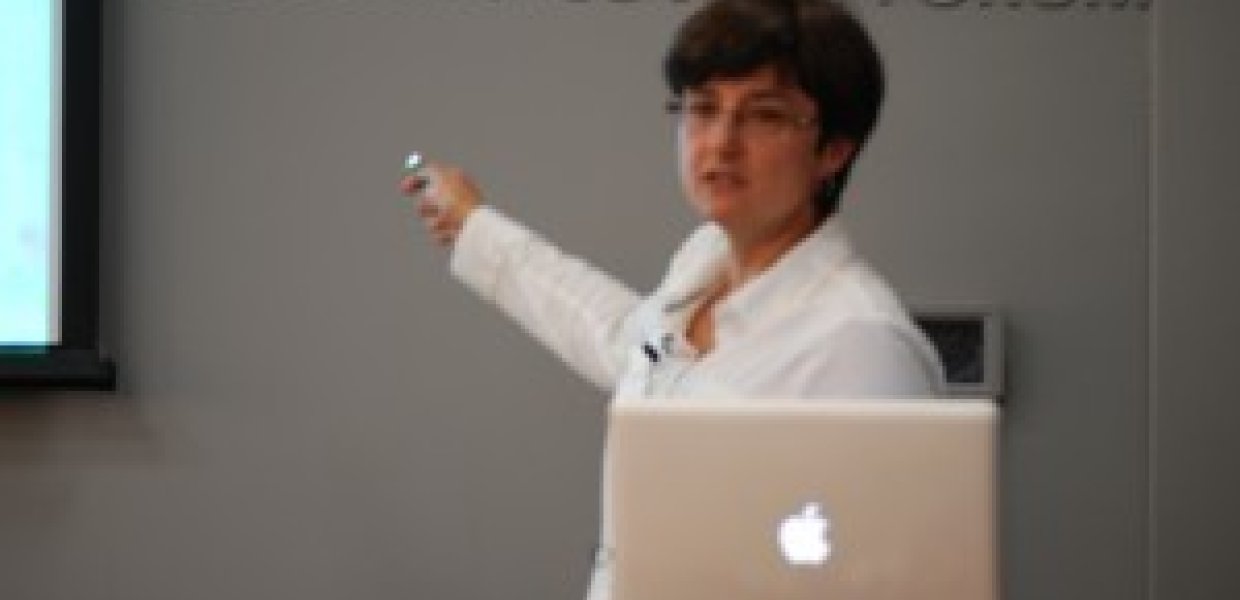By Sammi Wong Student Writer In a Sept. 26 Annenberg Research Seminar, Kristina Lerman, assistant professor at the USC Viterbi School of Engineering, presented her study “Dynamics of Information Spread on Networks.” Using Digg.com as her prime example, Lerman examined how articles posted by different users – those with a lot of followers and those with few – generate different flows of exposure. Looking at a friendship graph, Lerman was able to determine which users had the most connections. “Central nodes are the important ones in the friendship graph because they have the most influence in determining who ends up reading the article,” Lerman said. She placed an emphasis on alpha centrality, which measures the number of paths between nodes with consideration to the length of each path (number of friends and how close each friend is to one another). "Local leaders have high centrality but low alpha because they are only connected to people in their community," she said. However, people with middle centrality who have connections that expand past the locals have a high alpha. Her formula predicts how quickly and how widespread an article will become. It also calculates a percentage that indicates how confident the computer is of a prediction. The next Annenberg Research Seminar will be Oct. 3, when UCLA professor Gabriel Rossman visits USC Annenberg to discuss “Genre Distinctions and Diffusion in the Radio Industry.”
USC Viterbi's Lerman discusses the dynamics of information spread on networks at Research Seminar
September 27, 2011
Updated May 1, 2023 11:31 a.m.

